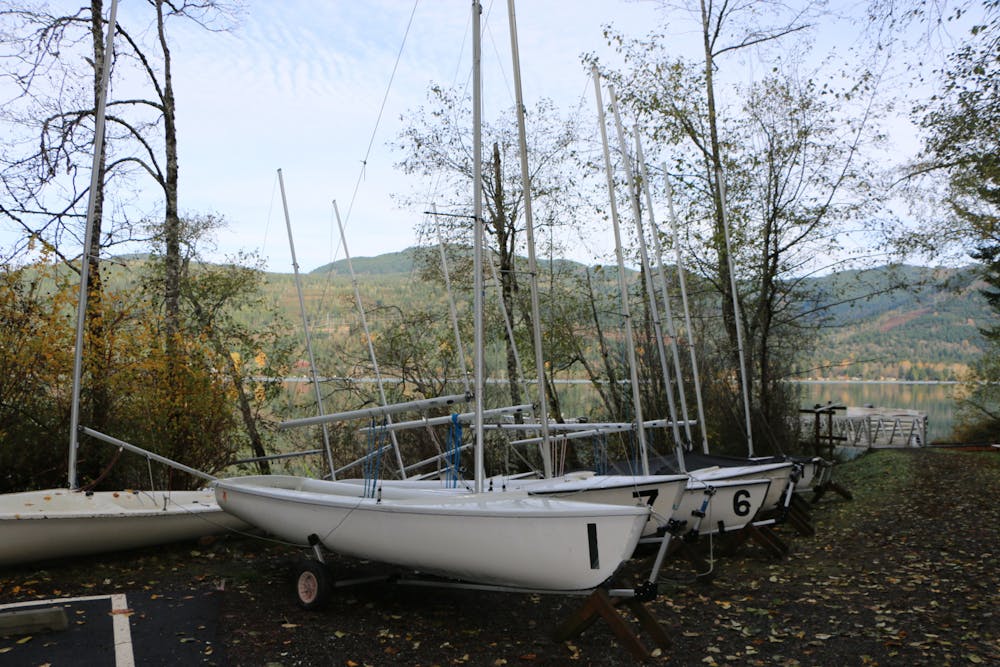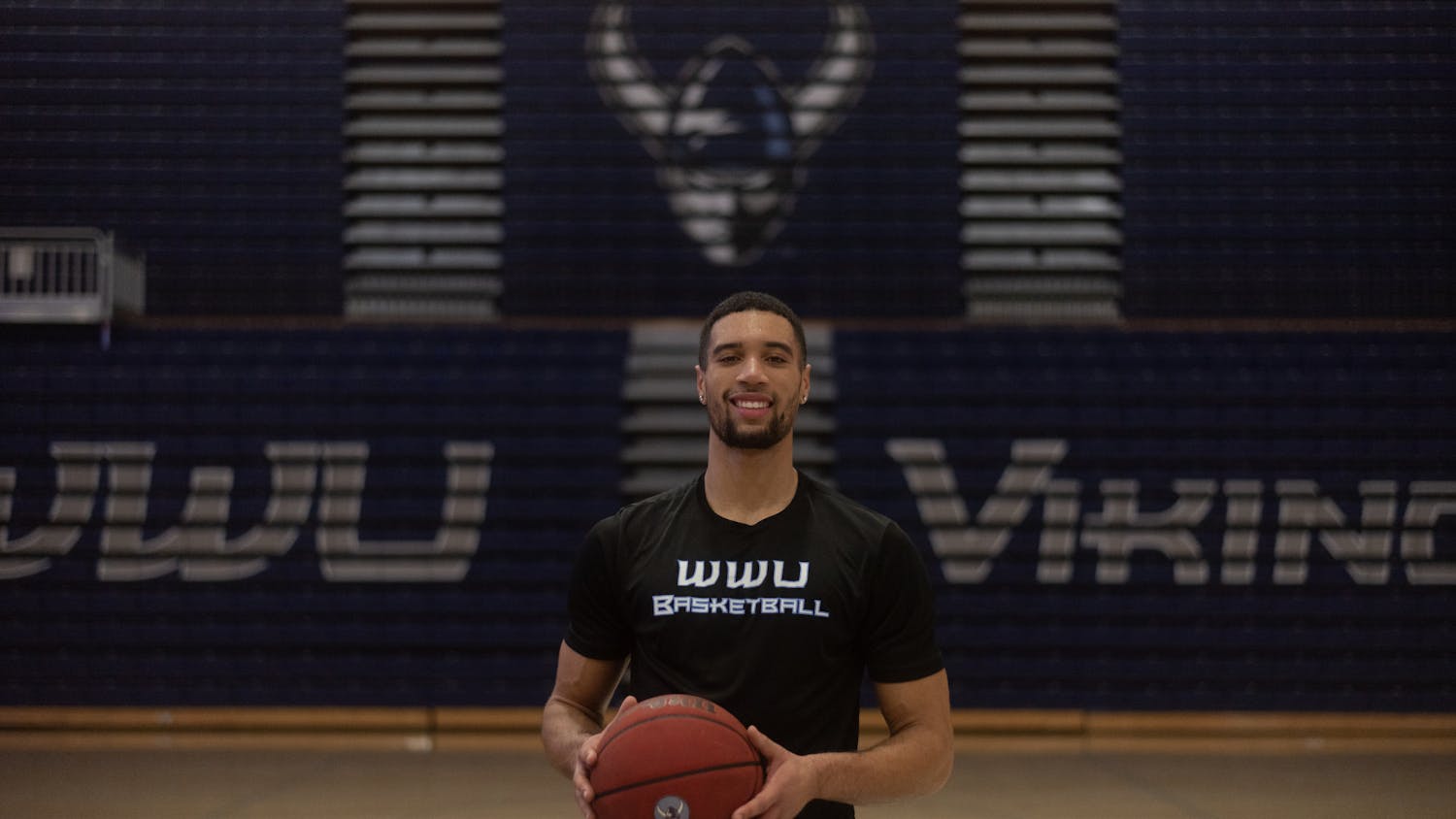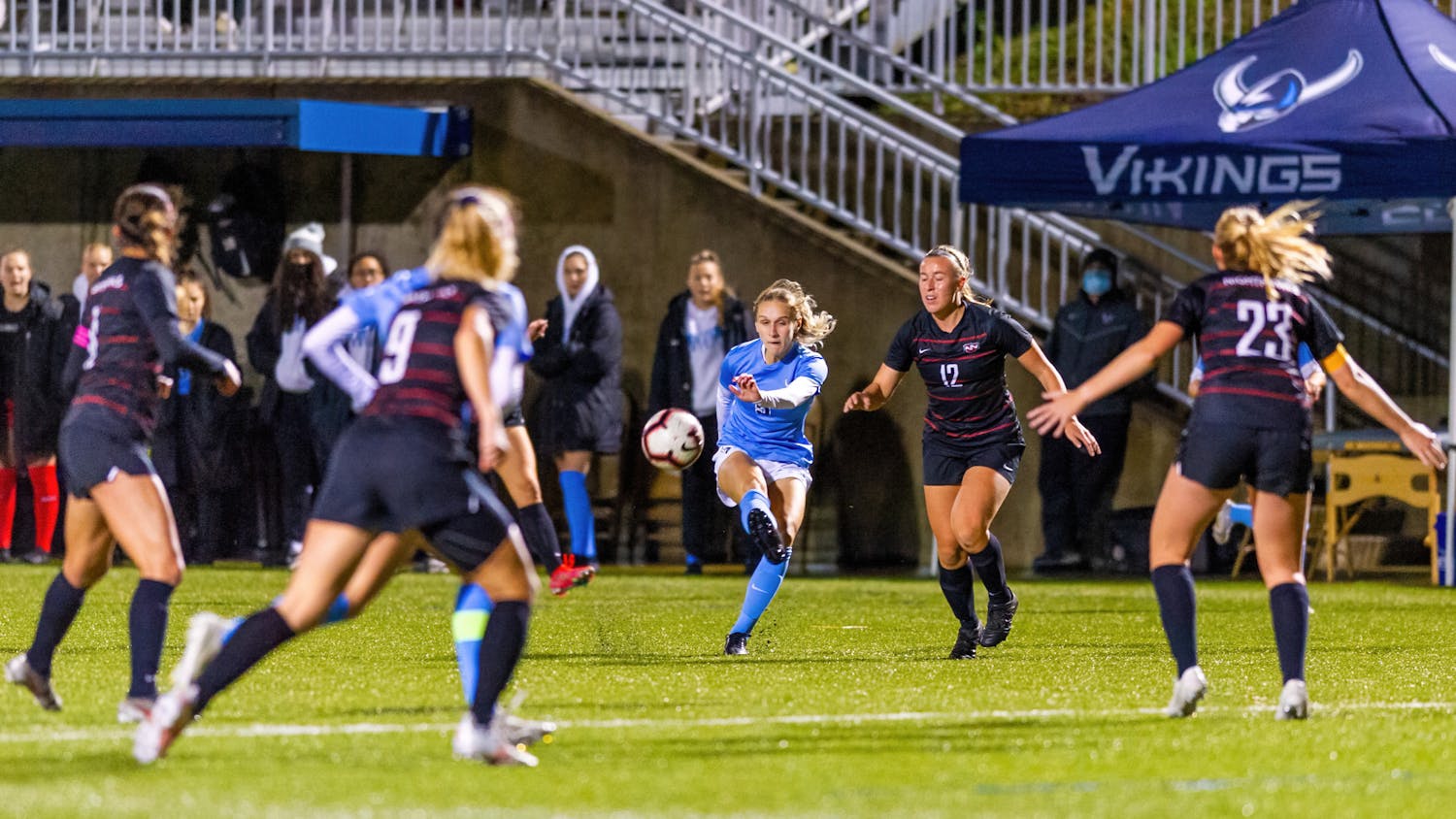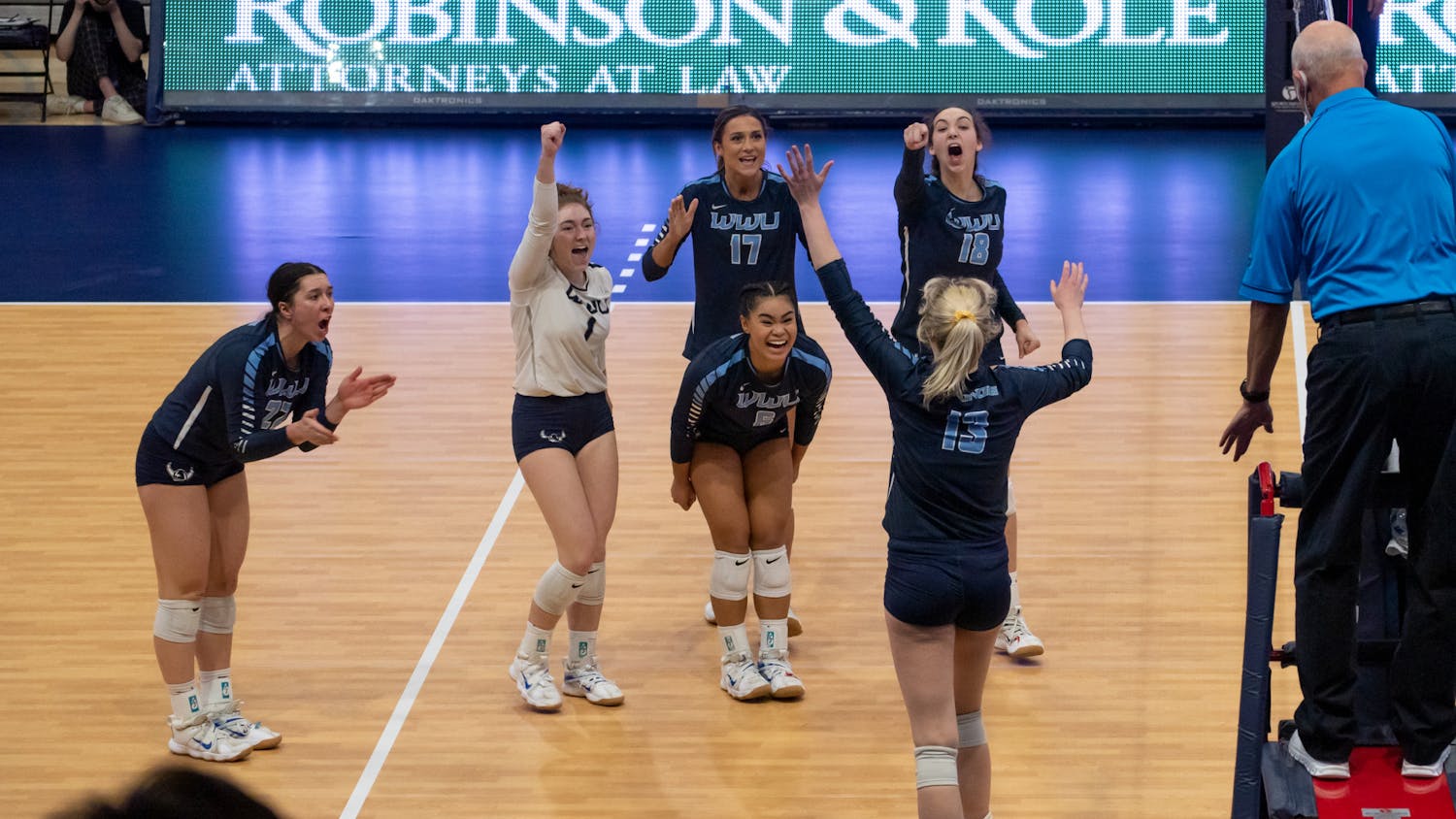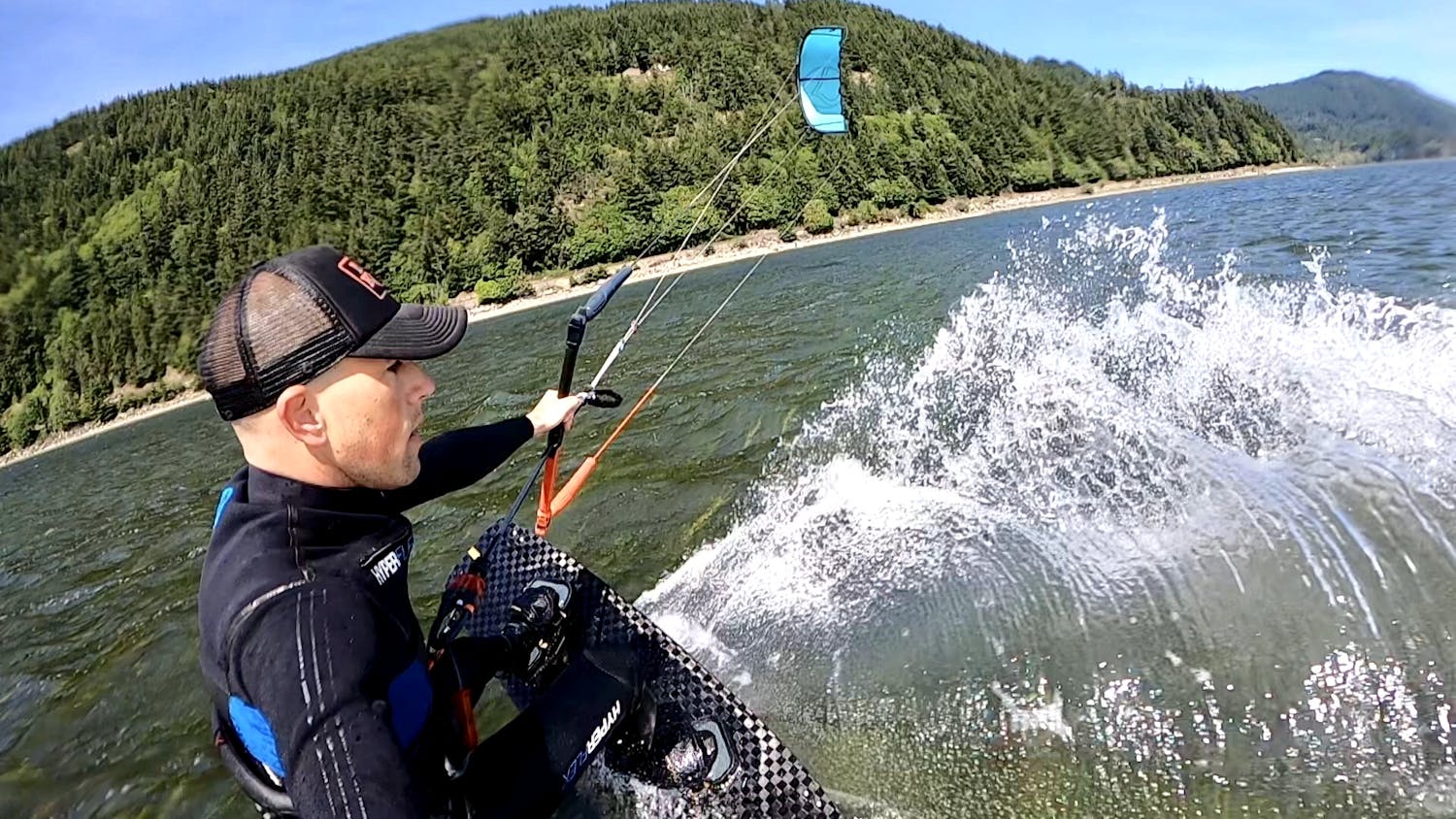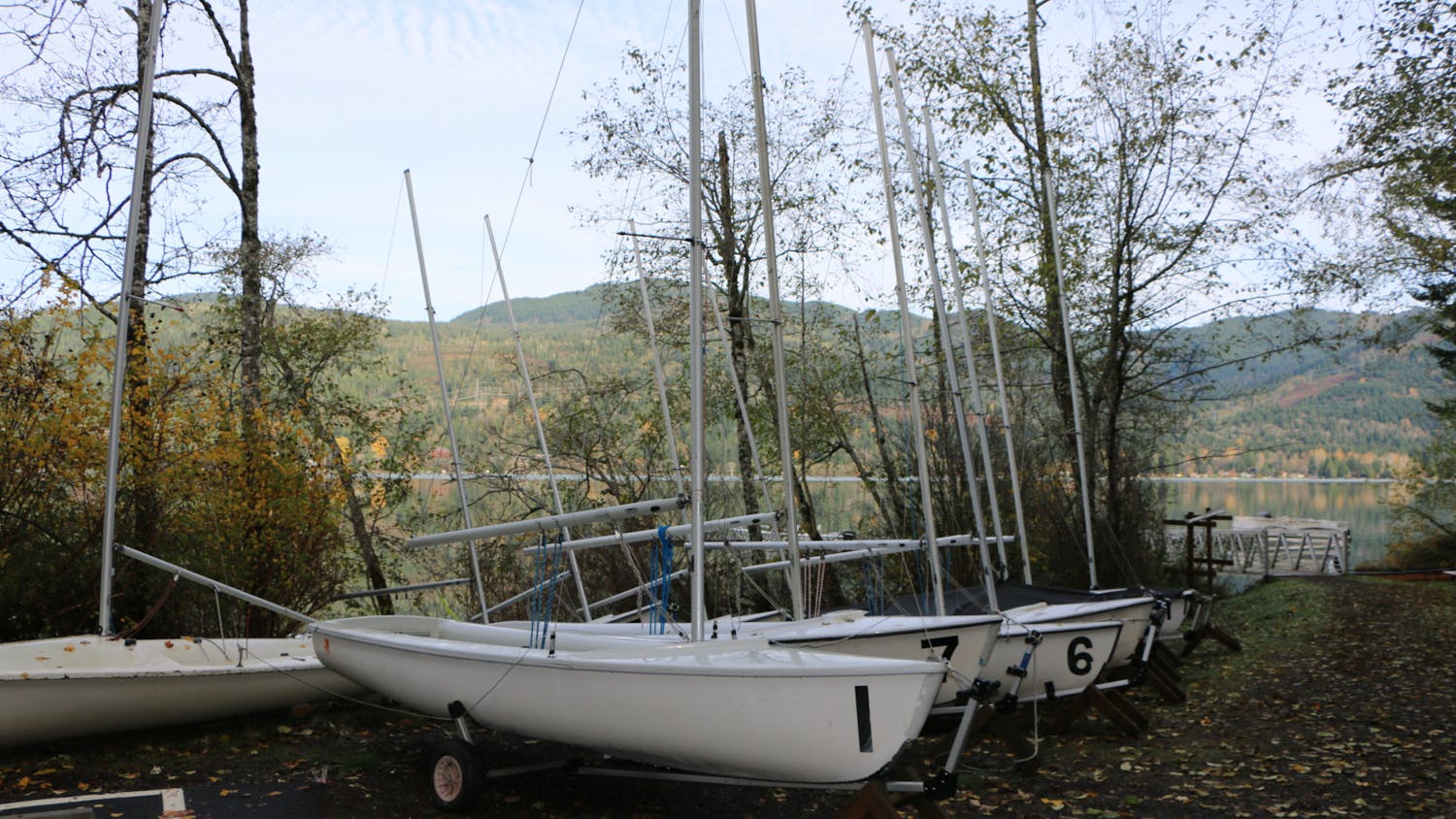After taking last season off because of COVID-19, Western Washington University’s sailing team sets sail again on Lake Whatcom in a fleet of small boats, sharpening their skills for regattas to come.
Sailors compete in regattas, which are two day-long events where teams compete in several races a day. Races are around 15 minutes long and have anywhere from five to 20 competing boats. At the end of the two-day event, scores are tallied up based on race placement and the smallest score wins.
In fall and spring, regattas take place most weekends. Even though there aren't as many regattas in the winter that doesn't mean the team gets time off.
Western’s sailing team is a club sport that practices three times a week, year-round, meaning the team has to brave the icy winter waters of Lake Whatcom.
“Right now during the winter we require everyone to wear wetsuits,” Max Dodd, one of the team’s two co-captains said.
Although you have to be in the boat to sail it, capsizing is a common part of sailing the small sailboats the team uses, said team co-captain Cece Nielsen. This makes wetsuits crucial for the cold months.
Western’s sailing team didn’t compete during the 2019-2020 season because of COVID-19 restrictions put in place by Western.
Nielsen said some teams were allowed to compete if their universities allowed, resulting in the University of Oregon going to nationals last year. They were the only team in the Northwest District who competed.
The team uses two-person sailboats, 14-foot boats called Flying Juniors or “FJs" which are one of the most used types of boats for high school and college racing teams.
Each person on the boat has a different role. The “skipper” is the person who steers the boat using and the “crew” is the person who tends to the sails to ensure that they are using the wind in an efficient way, making the boat go as fast as possible.
The team doesn’t have an official coach, which means the logistics of traveling to regattas, practices, fundraising and other events fall in the laps of the team's captains.
Since the team is a club sport, they get minimal funding from the state and rely heavily on their own fundraising. The team hosts an auction at the end of the year to help earn money for things like travel expenses.
Captains also work to ensure the team is inclusive for anyone who wants to be part of the team.
“You don't have to have any experience to join,” Nielsen said. “I think it's a cool part of our team that if you want to [join] and are interested, we will give you all the learning and teaching that we can.”
Getting along as a team is essential to being a good sailing team and winning races, said Thomas Moore, a skipper on the Portland State University sailing team.
“I feel like [good chemistry] is very important to a team,” Moore said. “Especially good chemistry between the skipper and the crewmen; you have to have good communication on the boat.”
Western’s sailing team practices are often run by captains or volunteer coaches like Jeff Davis, the Lakewood program manager and a lifetime sailor.
Davis helps the team identify skills to work on in practice and sets up exercises designed to refine that aspect of the sport.
An example of a skill the team has worked on with Davis is starting a race.
At the start of races, an invisible line is drawn between two buoys giving enough space for all the boats in the race. The goal is to cross the line going full speed as soon as the starting countdown ends.
“The starts are very important and very competitive because the start line … is just big enough for all the boats if they play nice,” Davis said. “There's a lot of boat handling skill to being able to claim a space and understand … how you can control or be controlled by other boats.”
Davis has lots of experience racing sailboats in many conditions, but teaching racing can be difficult because the real races bring factors that cannot be predicted during practices.
“As a game, it's not that hard to understand a winning strategy, but it can take a lifetime to learn how to implement it,” Davis said. “On a whiteboard or in text things are quite clear but then you get on the water and you have invisible wind and other boats doing unpredictable things, that ability to transfer is really key and hard.”
Finlay Morrison is a reporter for The Front and a third-year journalism student. He focuses on local sports and WWU athletics.


